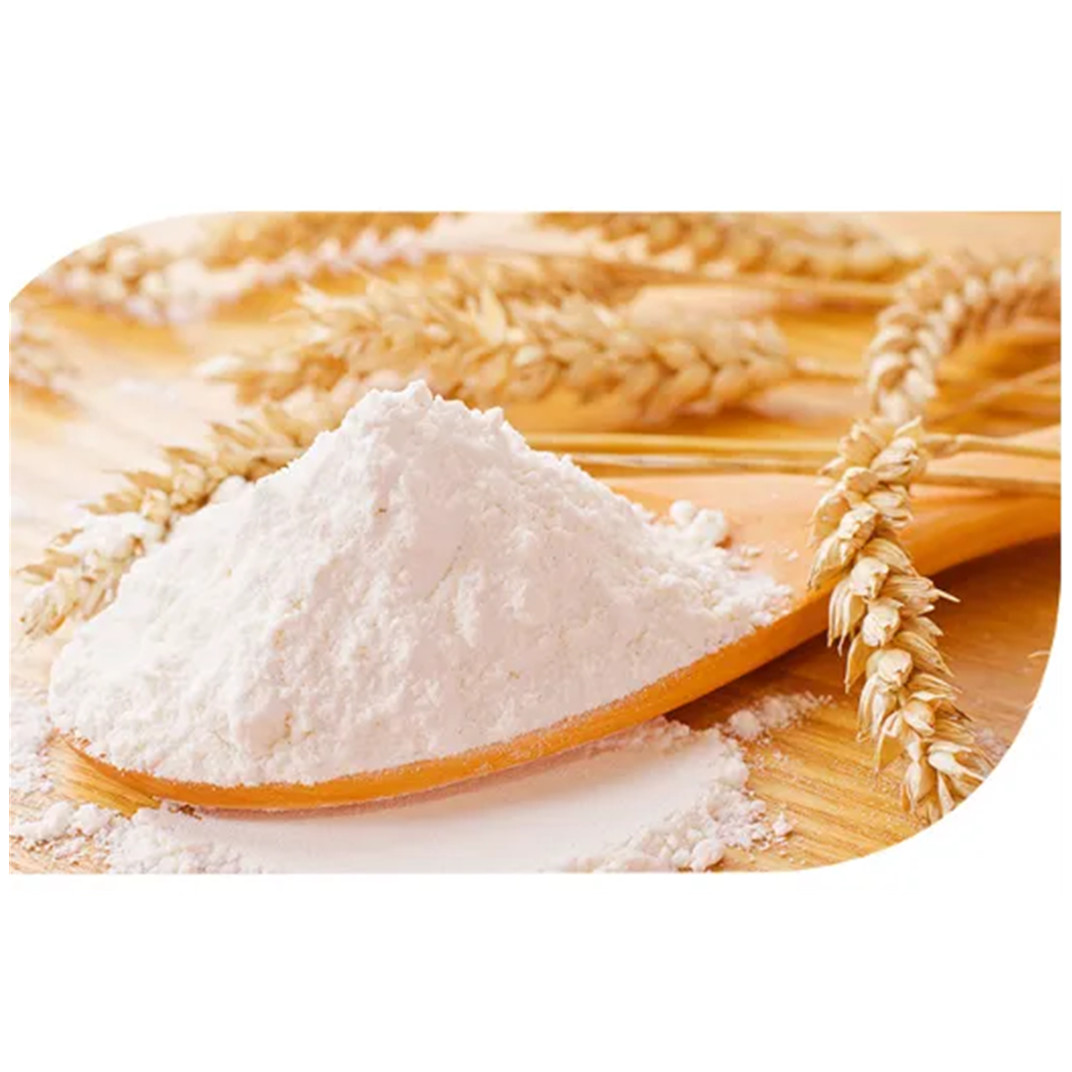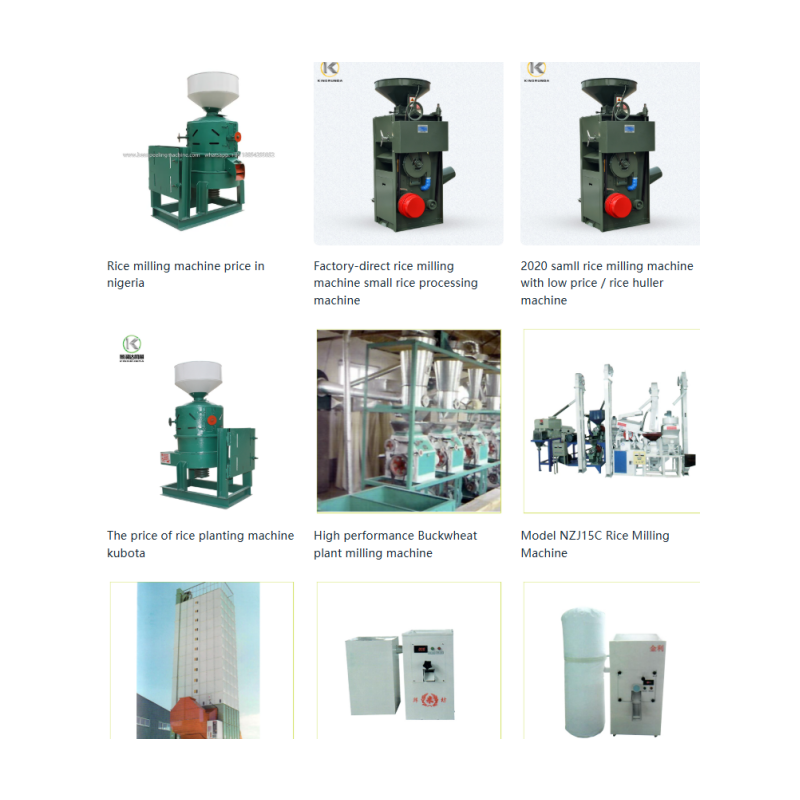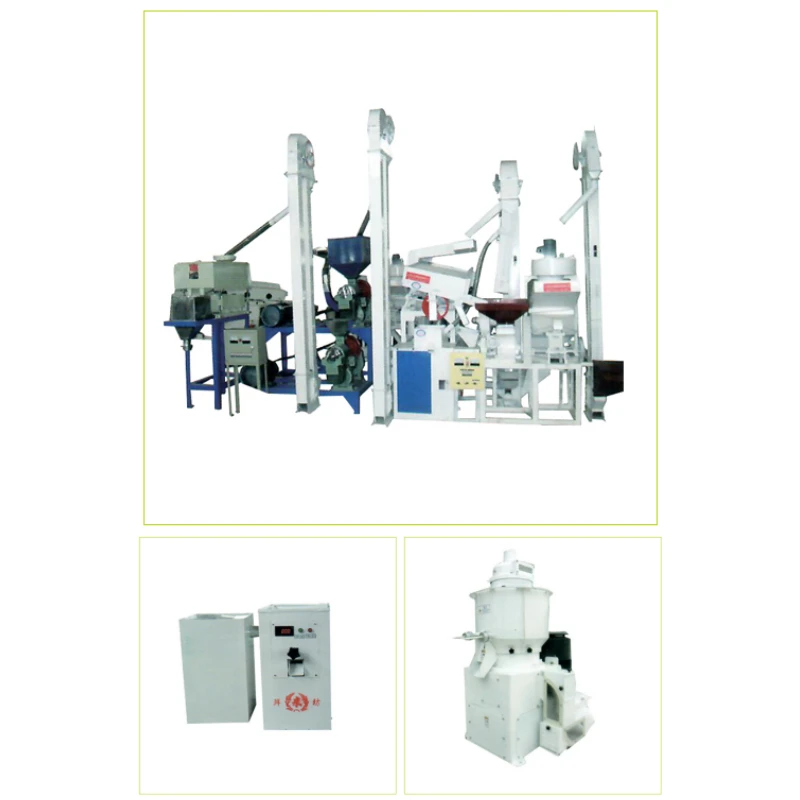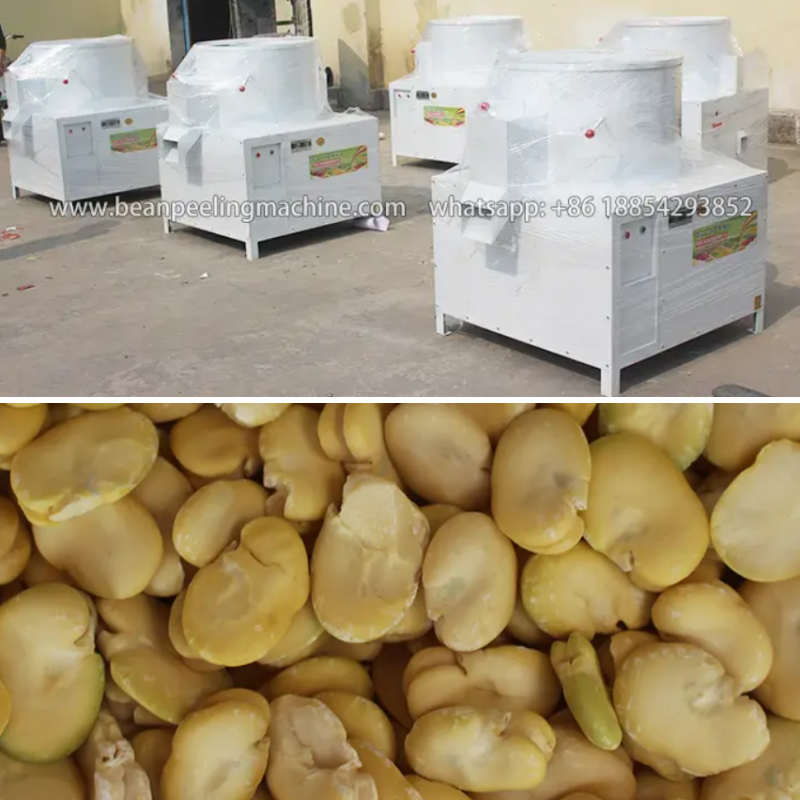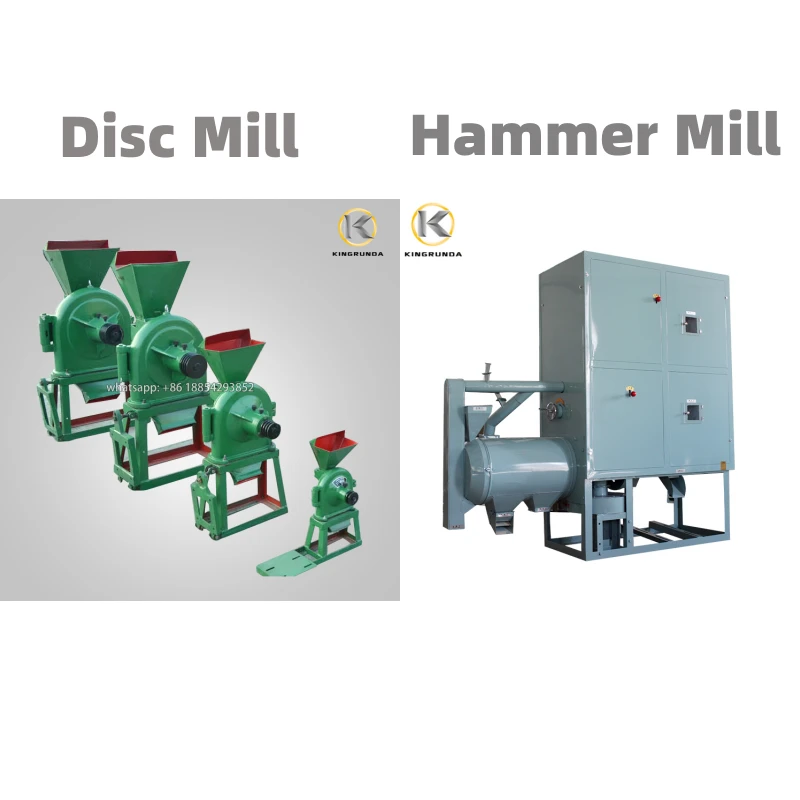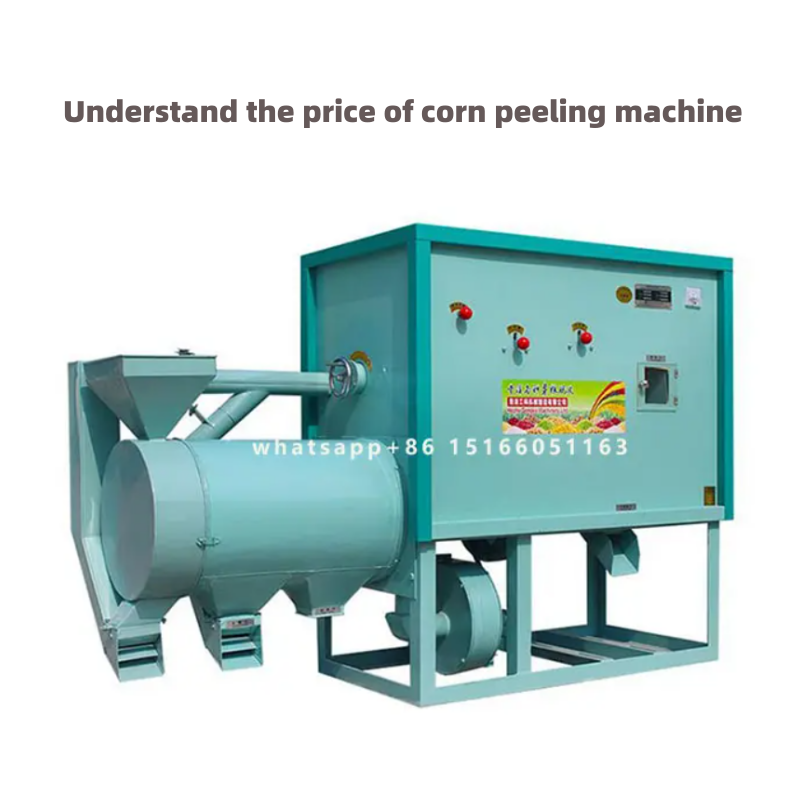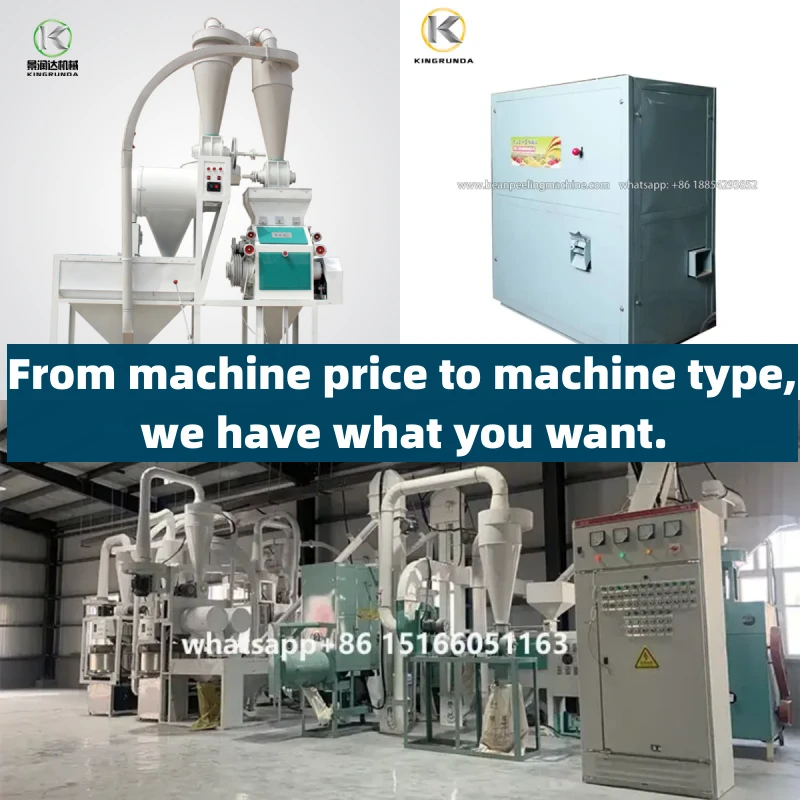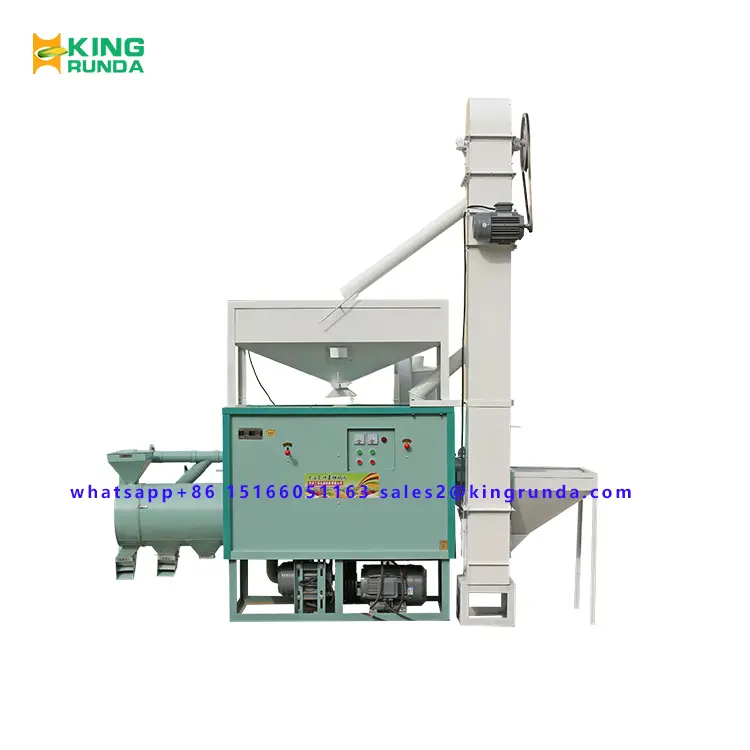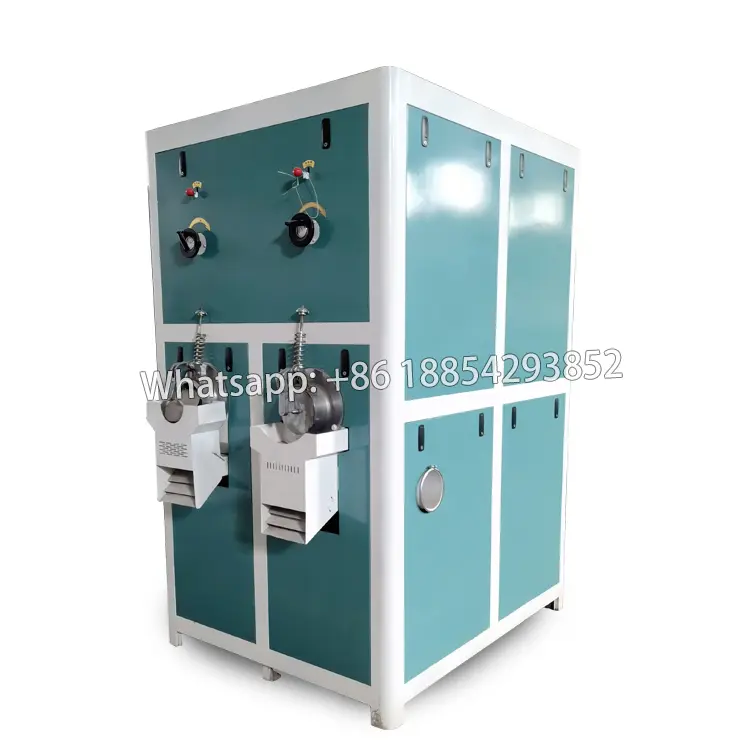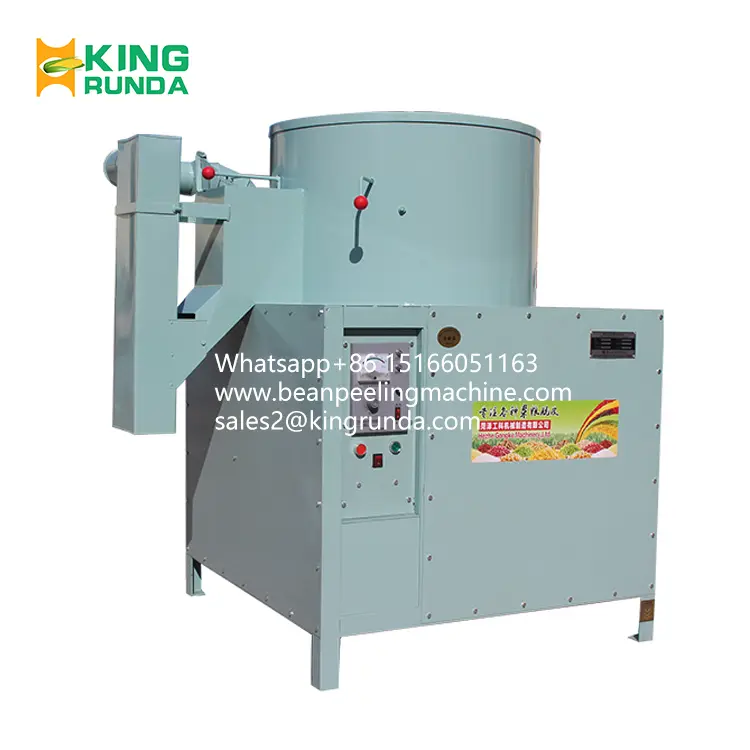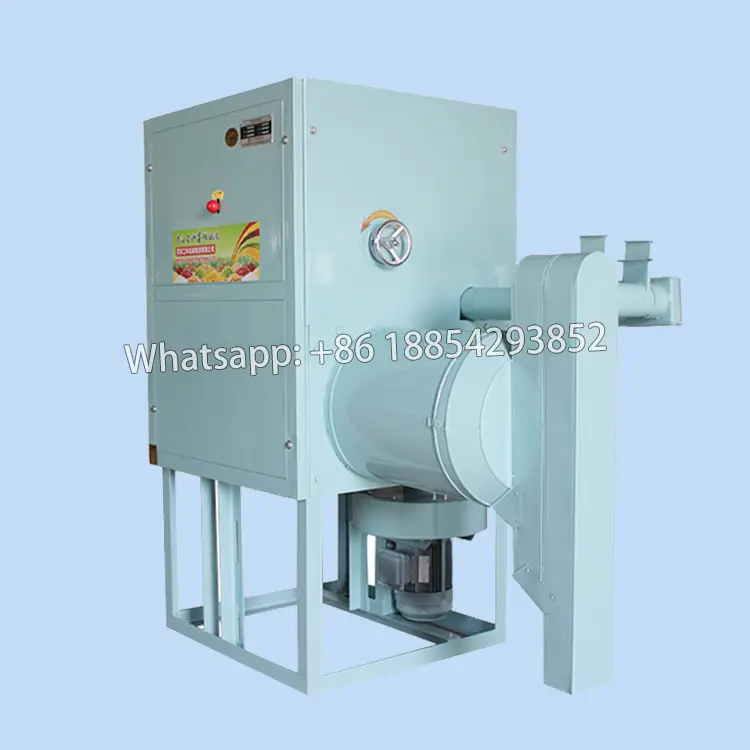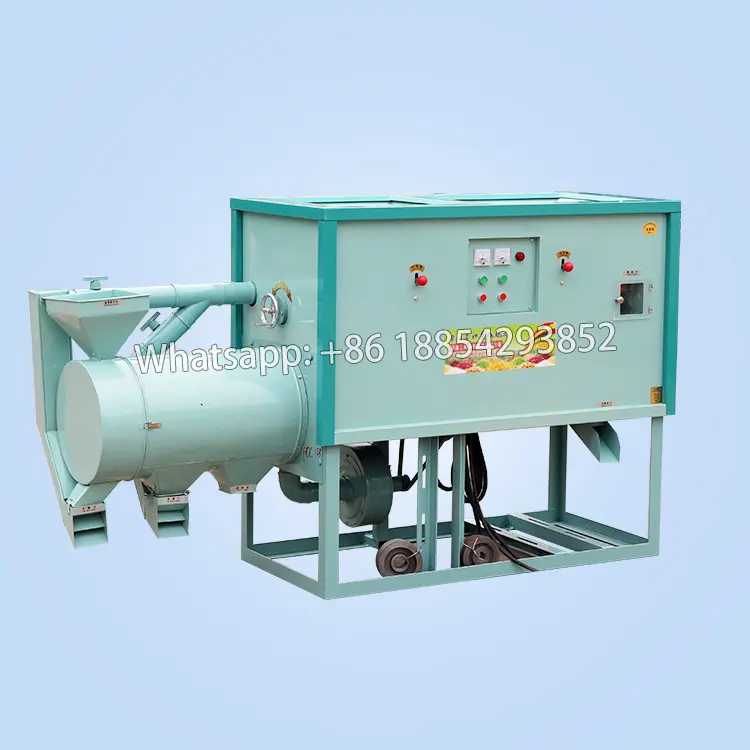To make flour is to remove the outer layer of seed coat and grind the endosperm into the kind of flour that we can buy in the supermarket.
Let's take a look at the structure of wheat.
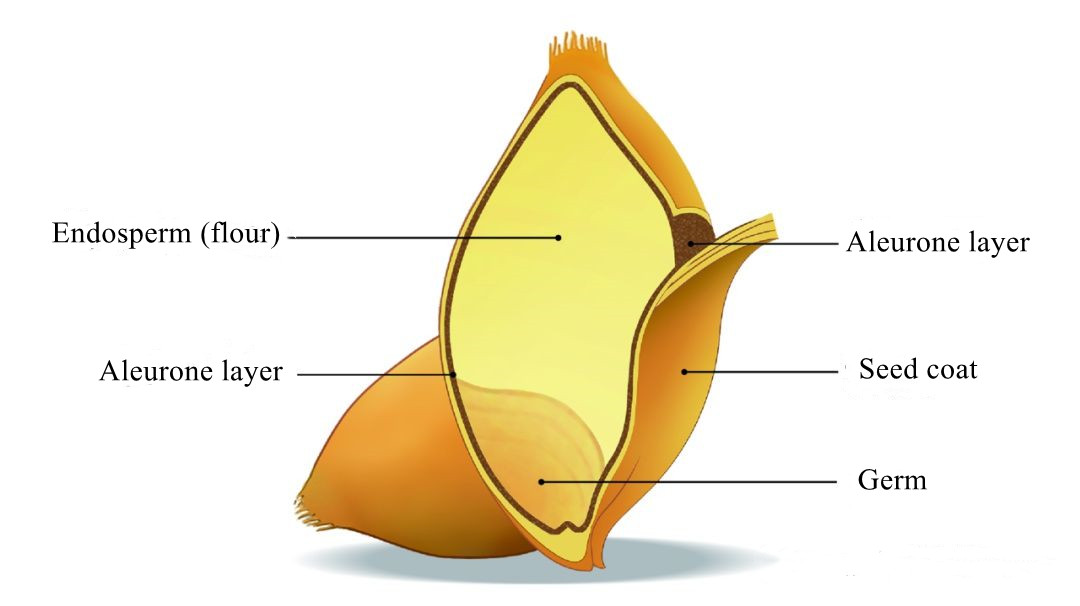
The wheat kernels received by flour mills vary in moisture content and physical properties due to the variety and region.
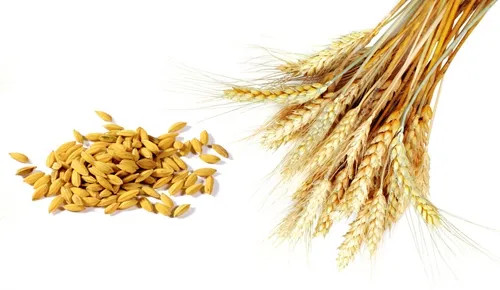
Traditional milling of wheat
The traditional milling is to use the upper and lower stones to rotate relative to each other to grind the wheat. Stone grinding has a long history in my country.
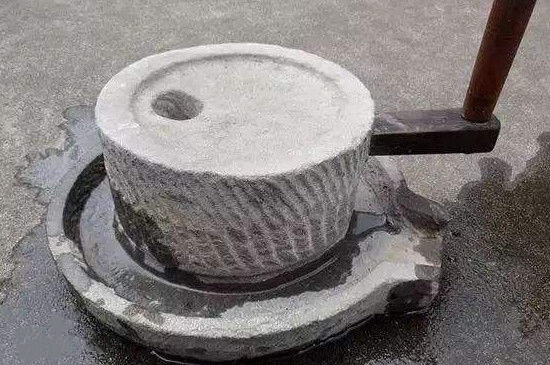
The mill is a two-layer plane with a texture at the junction of the two layers. The grain enters the middle of the two layers from the upper hole, moves outward along the texture, and is ground as it rolls through the two layers to form a powder.
The flour milled by a stone mill is fine and has a rich wheat flavor. However, the biggest disadvantage of stone grinding is the low output and low powder output.
Modern milling of wheat
Nowadays, flour mills are generally equipped with machines and equipment such as mills, flat sieves and powder cleaners, with large output and high flour output. The whole production process mainly includes the following 9 processes:
Selected wheat→Wheat conditioning→grinding→sieving→cleaning→checking sieve→mixing powder→additives/bleaching→screening
1. Select Wheat
Before the wheat officially enters the milling, the most important inspection point is the quality of the wheat, and the wheat and the impurities in the wheat that are not of good quality will be removed.
Wheat material may contain weed seeds, crushed stone, grit, wheat flour or other grains. Due to the difference in weight between gravel, grass seeds, etc. and wheat, various wheat sieving machines are used to remove these debris by means of gravity or wind, such as shaking sieves, airflow, centrifugation or friction.
After removing the sundries, the wheat can be blended at this stage. According to the characteristics of the flour that needs to be produced, the wheat can be blended before it officially enters the milling.
2. Wet wheat
Key checkpoints at this stage: Make sure the wheat is moist enough to go into the machine for grinding.
The selected wheat is matured by adding water, so that the bran becomes strong and the endosperm becomes soft, which helps the endosperm to be easily crushed during the milling stage.
3. Grind wheat
The wheat kernels pass through the sawtooth roller and the flat roller, so that the milling shell of the wheat kernels is pulled out, and is repeatedly ground into powder.
Milling is the core technology of milling! The top-roasted products are ground by Japanese-style technology, and 116 flour layers can be separated from the outermost layer to the core layer of the wheat.
The finer the layering, the more refined it is, the smaller the particle size of the flour, and the wider the possibility of mixing.
4. Sieve wheat
The screen holes of the flat screen machine from top to bottom are from large to small.
Using the different particle sizes of the milled powder and the principle of centrifugal force, the milled powder is classified and ground repeatedly.
5. Clear powder
Using the principle of different particle size and specific gravity, the endosperm kernel, bran and bran-coated endosperm are separated.
According to the required powder particle size and processing technology, the three steps of grinding, sieving and cleaning are carried out for multiple cycles.
6. Check the sieve
Before the official flour mixing, the flour needs to go through procedures such as sieving or metal detection to ensure the quality of the flour before mixing. This is a key inspection point to control the quality of the flour.
7. With powder
Due to different varieties and regions of wheat, the content of protein, starch and other components is different. And the same kind of wheat has very different mineral and protein content from the outer layer to the inner layer.
According to these characteristics of wheat, flour mills will prepare flour for different purposes for consumers to use.
Therefore, in addition to the common high, medium and low-gluten flour, there are also many special flours on the market, which are the key to creating product characteristics for each flour mill to differentiate the market.
8. Additives/Bleaching
Flour mills can also process various flours, such as adding vitamins and minerals to flour to increase nutritional value; adding bleach to improve color; adding improvers to improve baking properties, etc. In traditional milling, some go through a bleaching process. Using a special process, the flour is fully matured to make the color whiter and the product stability is higher.
In addition, there are also special flours that add natural enzymes to enhance the operability of the flour.
9. Screening
Before the final packaging, the flour needs to go through procedures such as sieving or metal detection.
Ensure the quality and safety of the final product before packaging and delivery.
This is how each grain of wheat goes through more than 50 processes, step by step, into the flour we use every day.
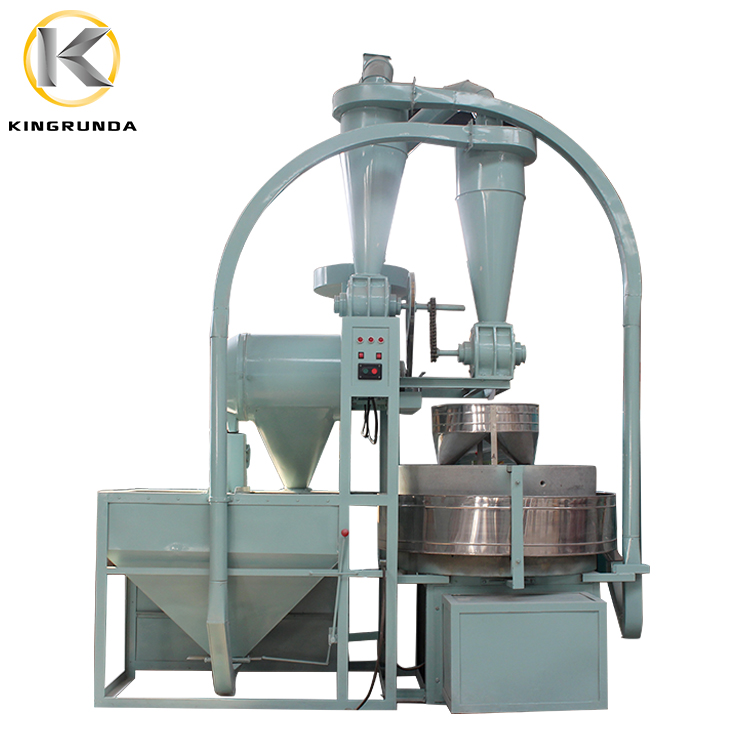
The stone flour milling machine is the product of the combination of traditional processing and modern technology. It not only retains the original processing method, but also improves the production efficiency, liberates the labor force, and provides convenience for users. And with the innovation of technical force, there are many different types of stone flour milling machines on the market today, which are used in many industries and can process many agricultural products.
At present, stone flour milling machines are mainly used for the processing of coarse grains such as wheat, sorghum, buckwheat, oats, and naked oats. big advantage. Not only can various materials be processed at any time, but also the freshness of the flour is guaranteed, and there is no need to worry about long-term preservation.
The flour produced by the stone-milling flour machine is the same as that produced by the traditional/old stone milling. It retains the original taste of the wheat.
